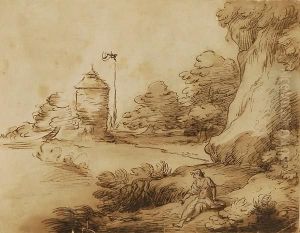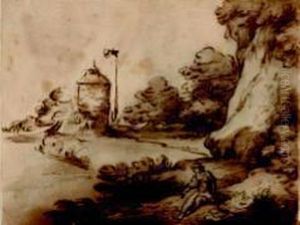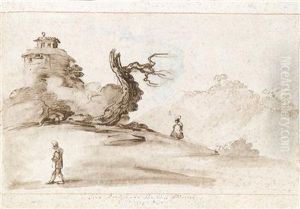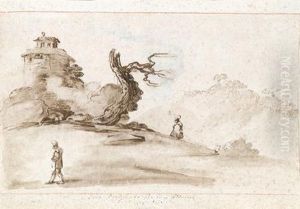Carlo Maria Gennari Paintings
Carlo Maria Gennari, also known as Carlo Gennari, was an Italian painter of the Baroque period, born in 1628 in Bologna, Italy. He was the son of Benedetto Gennari the Elder and the brother of Benedetto Gennari the Younger, both of whom were painters. Carlo Maria was also the nephew of the famous Italian Baroque painter Guercino (Giovanni Francesco Barbieri), under whose influence he developed his artistic style.
Growing up in a family of artists, Gennari received his initial training from his father and uncle. Guercino's influence was profound, and Gennari became one of his most faithful followers. After Guercino's death in 1666, Carlo Maria, along with his brother Benedetto, took over the running of Guercino's workshop. They continued to produce works that were heavily inspired by their uncle's style, which was characterized by dramatic lighting, rich color, and expressive figures.
Gennari specialized in religious and mythological subjects, often painting altarpieces for churches in Bologna and the surrounding areas. His works are noted for their attention to detail and the emotional intensity of the figures portrayed. Despite living in the shadow of his more famous uncle and brother, Carlo Maria contributed to the maintenance of the family workshop's reputation after Guercino's death.
Not as much is known about Gennari's personal life compared to his professional career. He spent most of his life working in Bologna, where he was a respected member of the artistic community. Carlo Maria Gennari died in 1698, leaving behind a legacy that was closely interwoven with the artistic heritage of the Gennari family and the enduring influence of Guercino.



